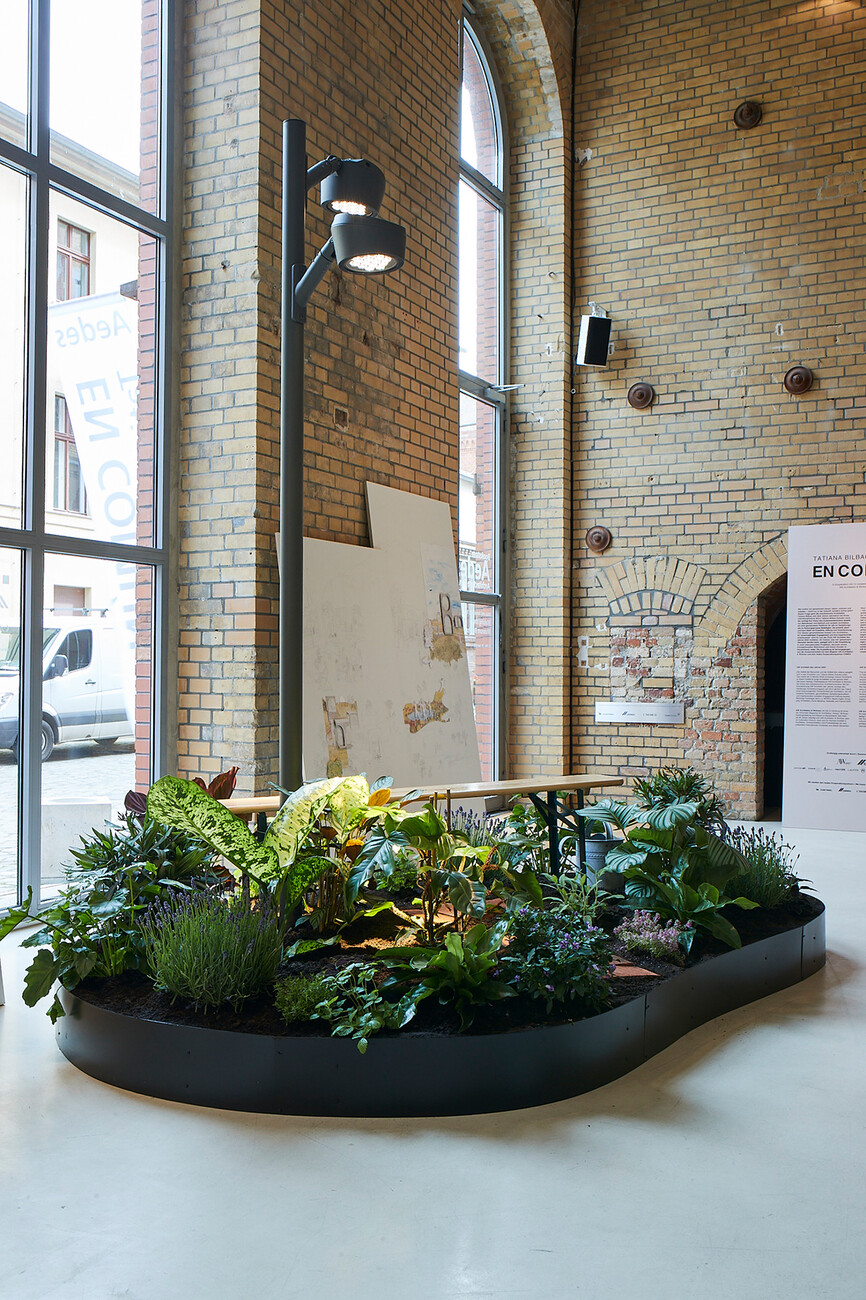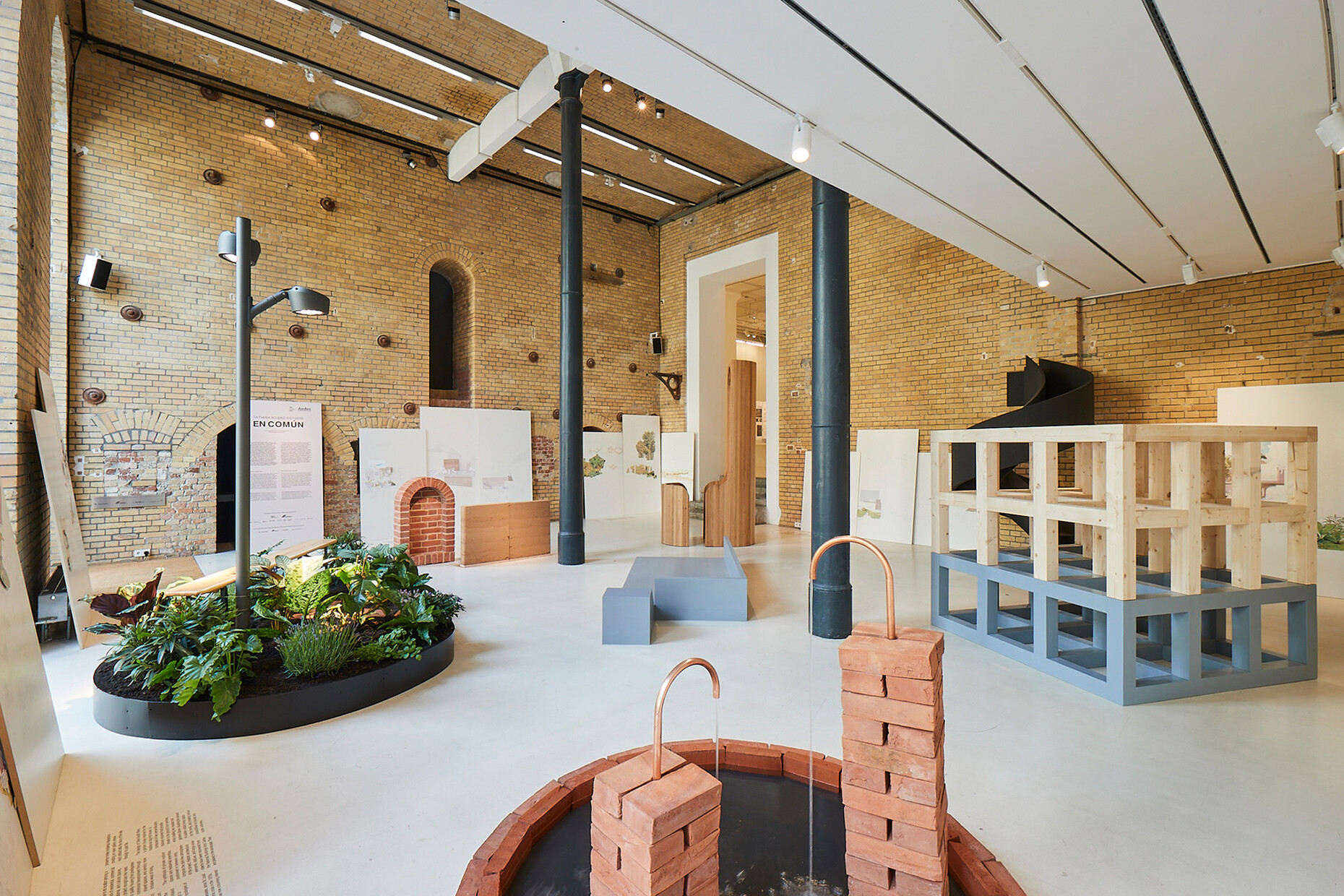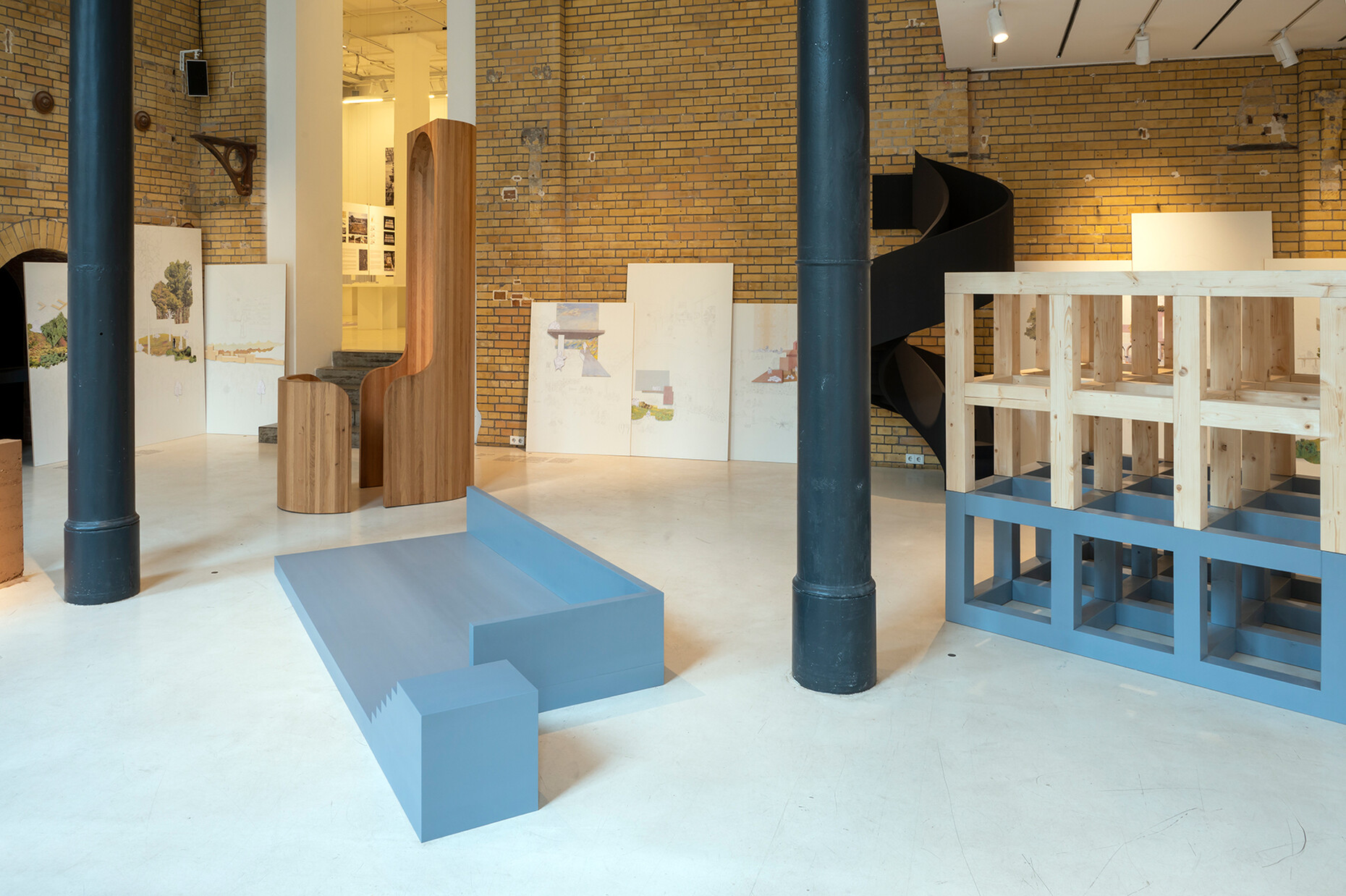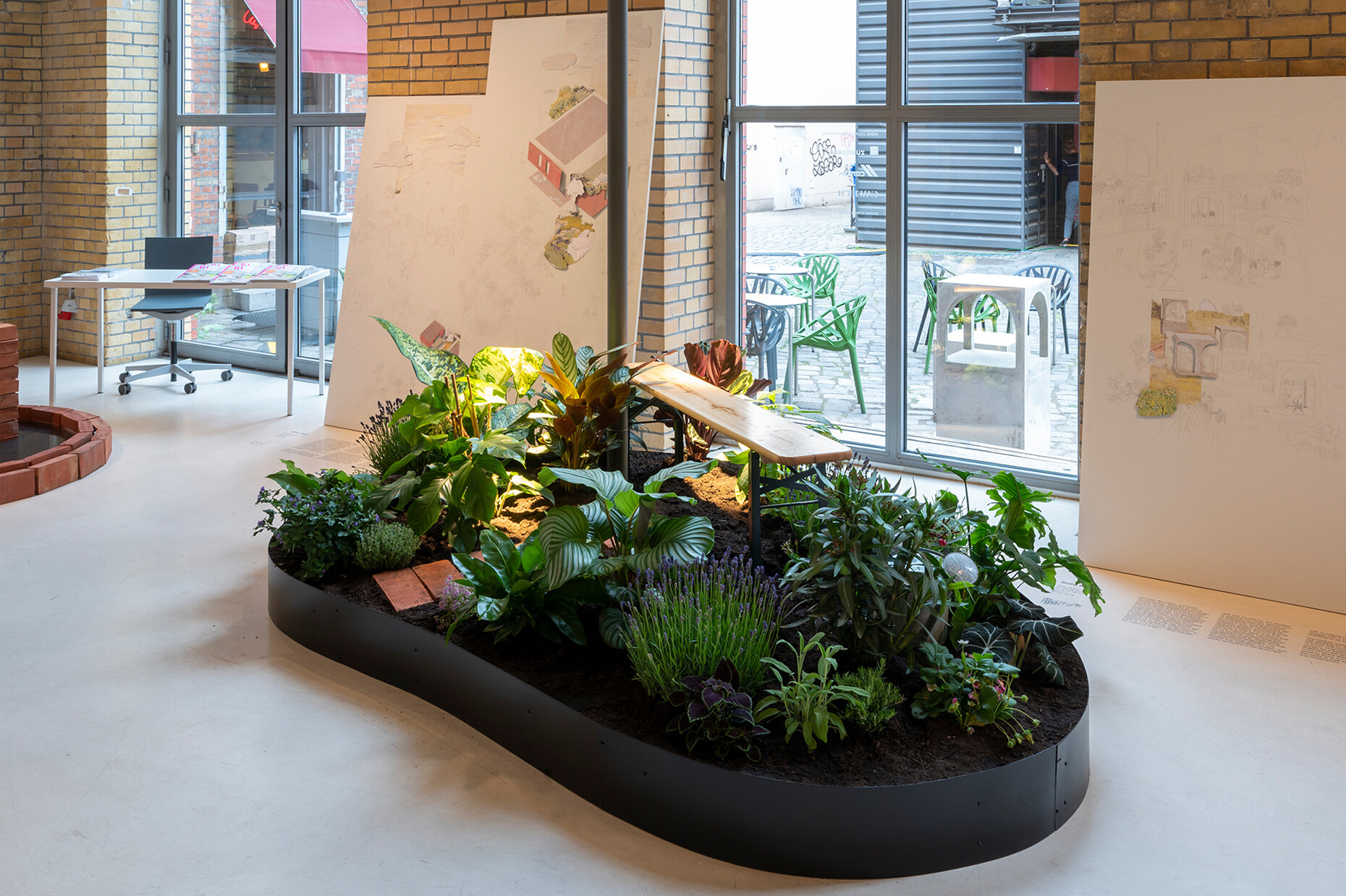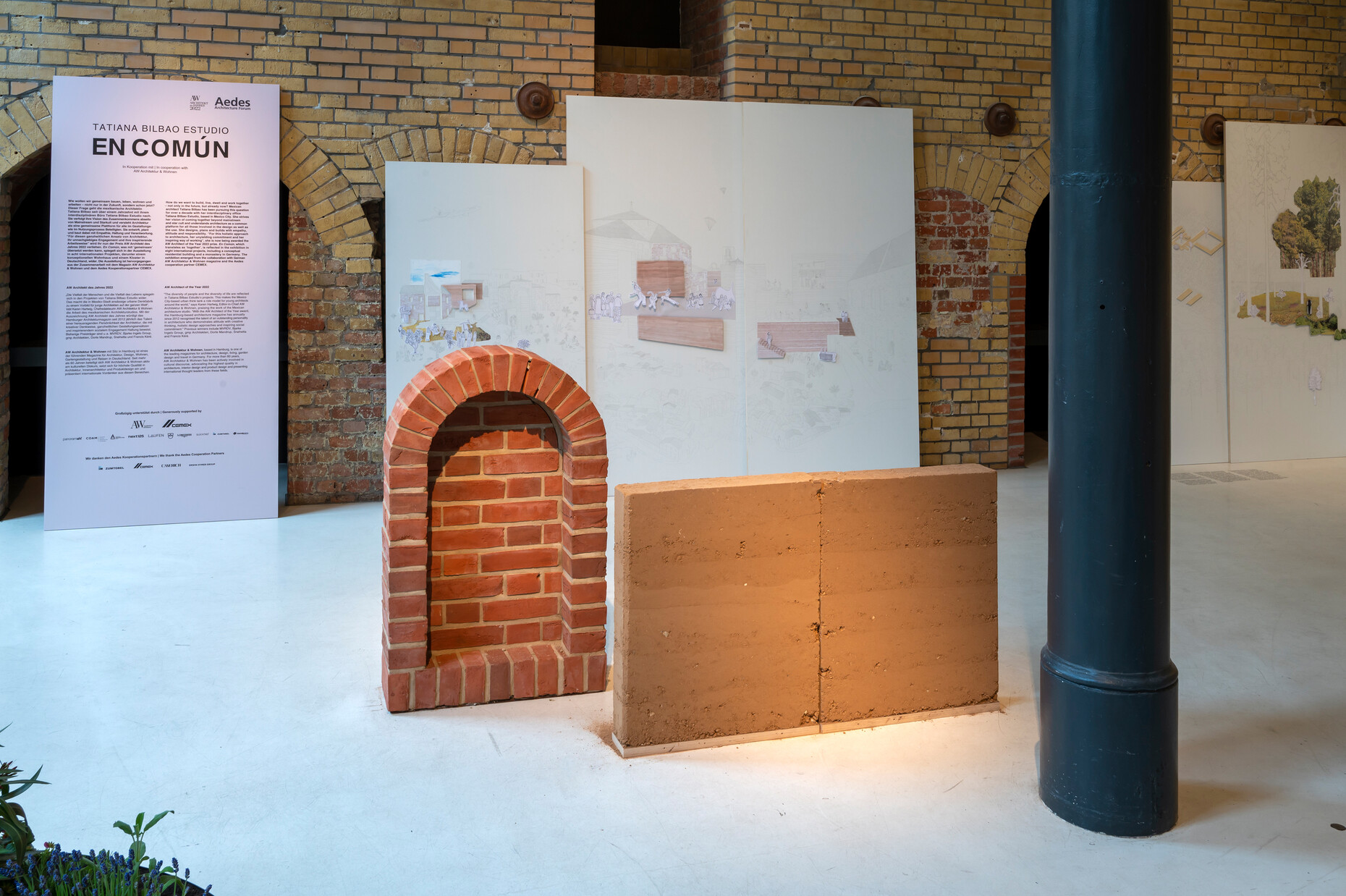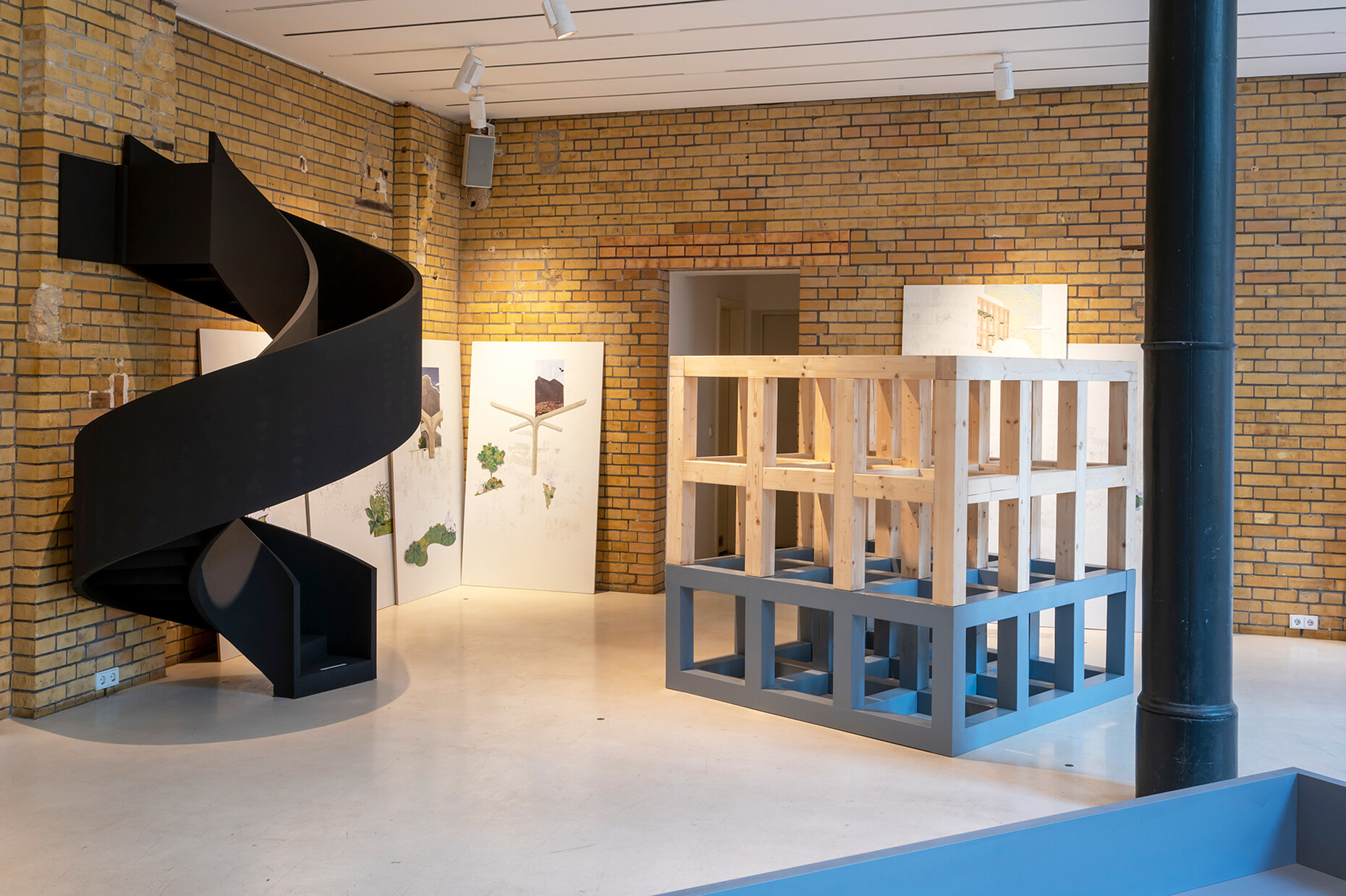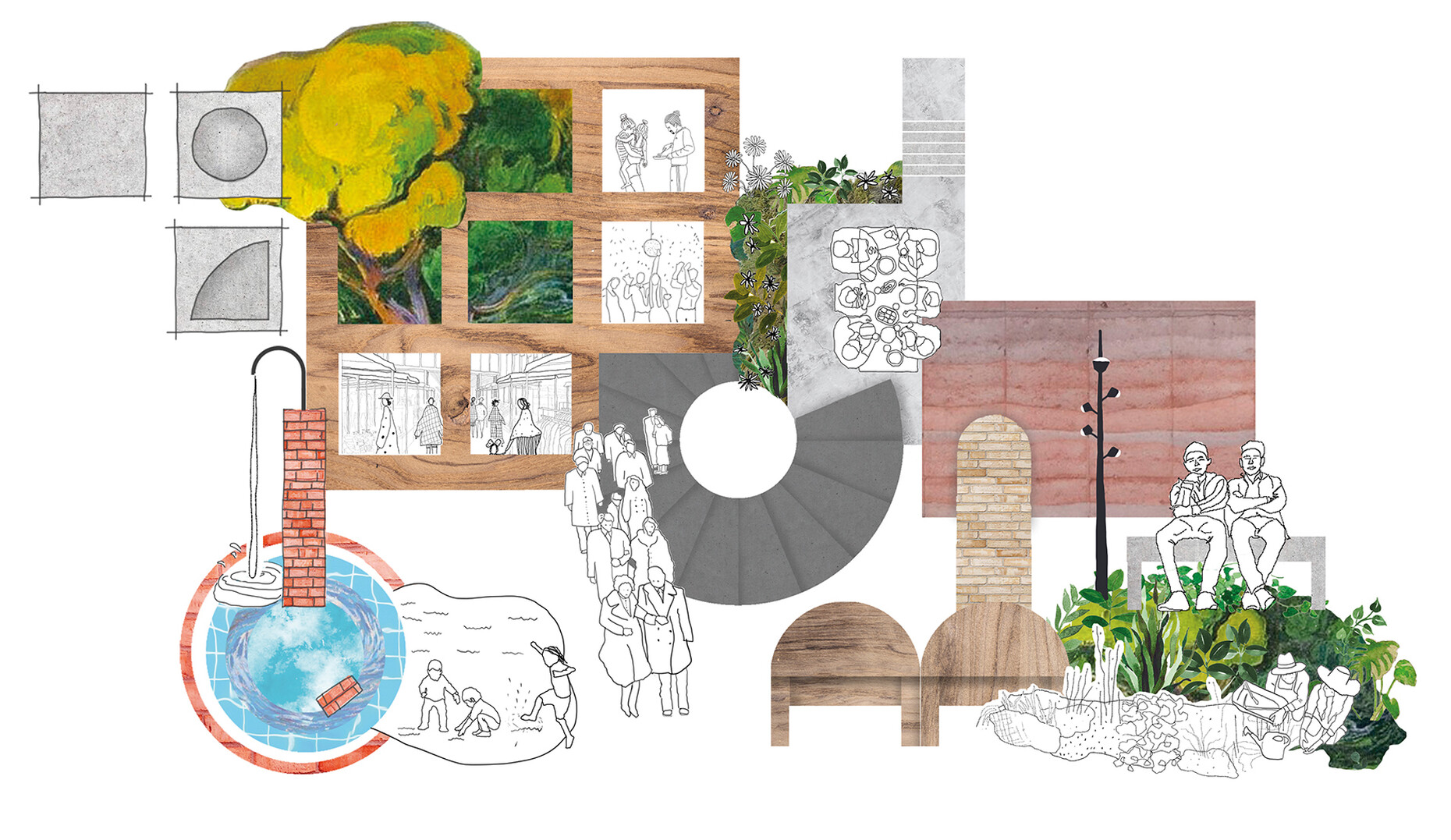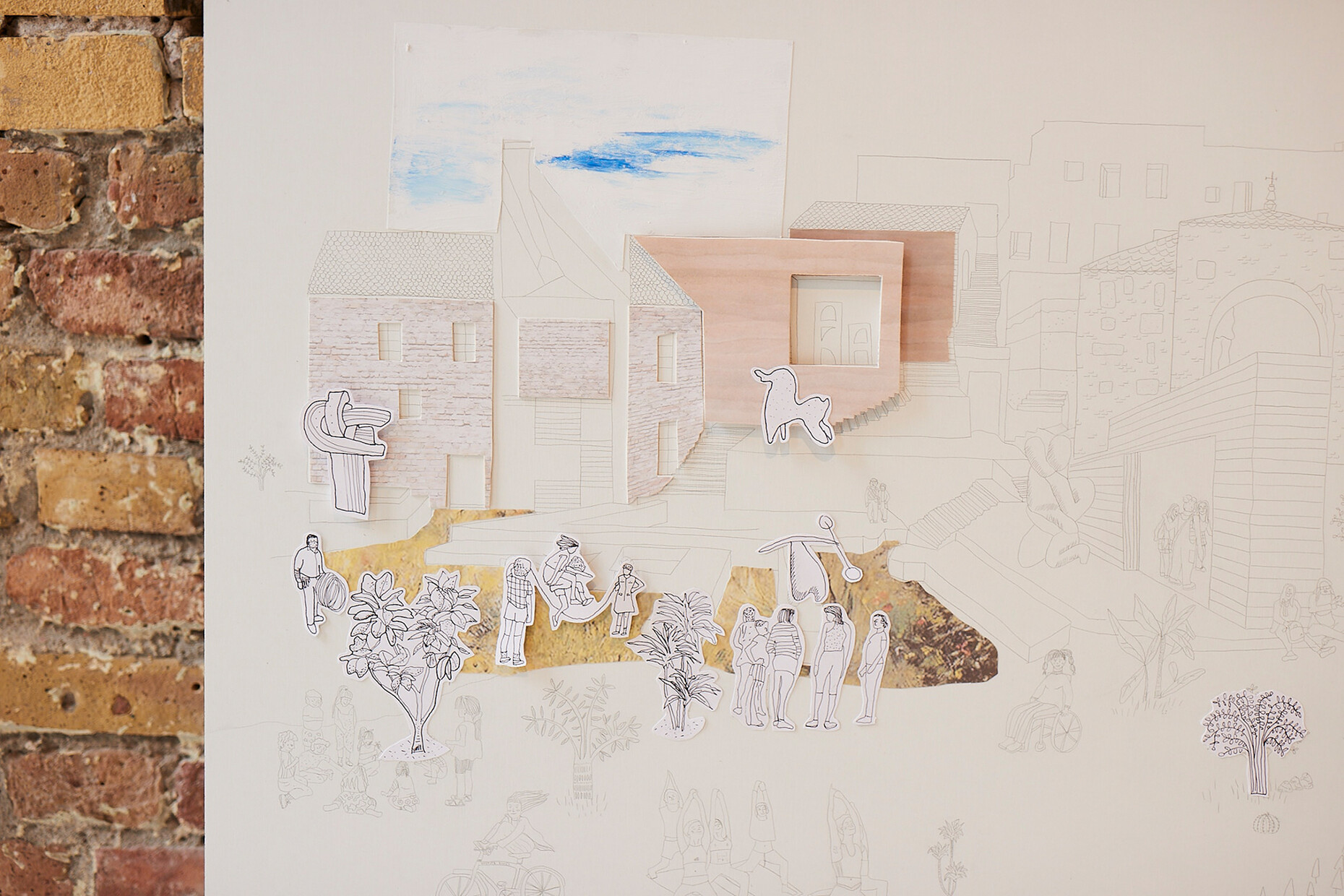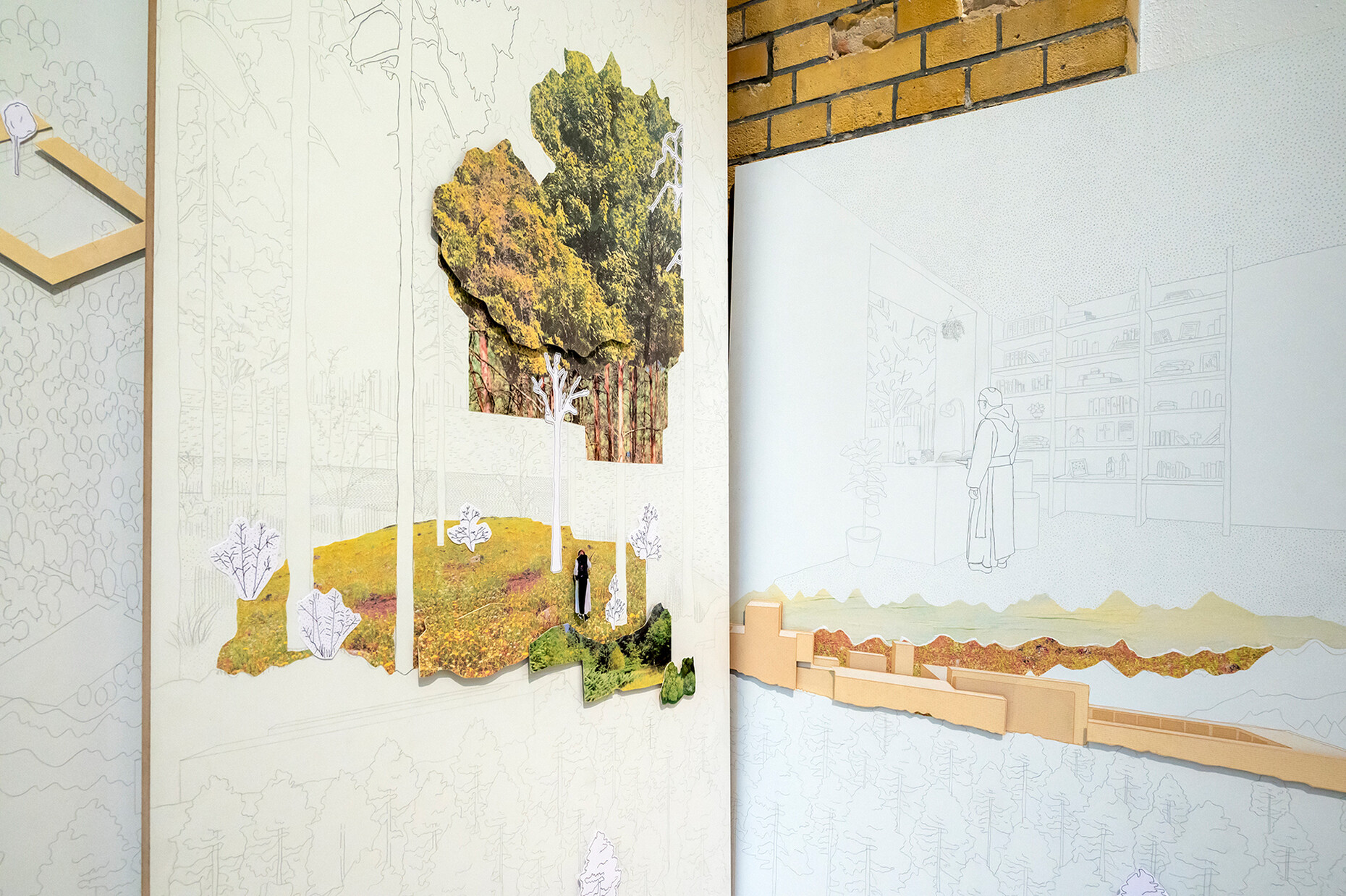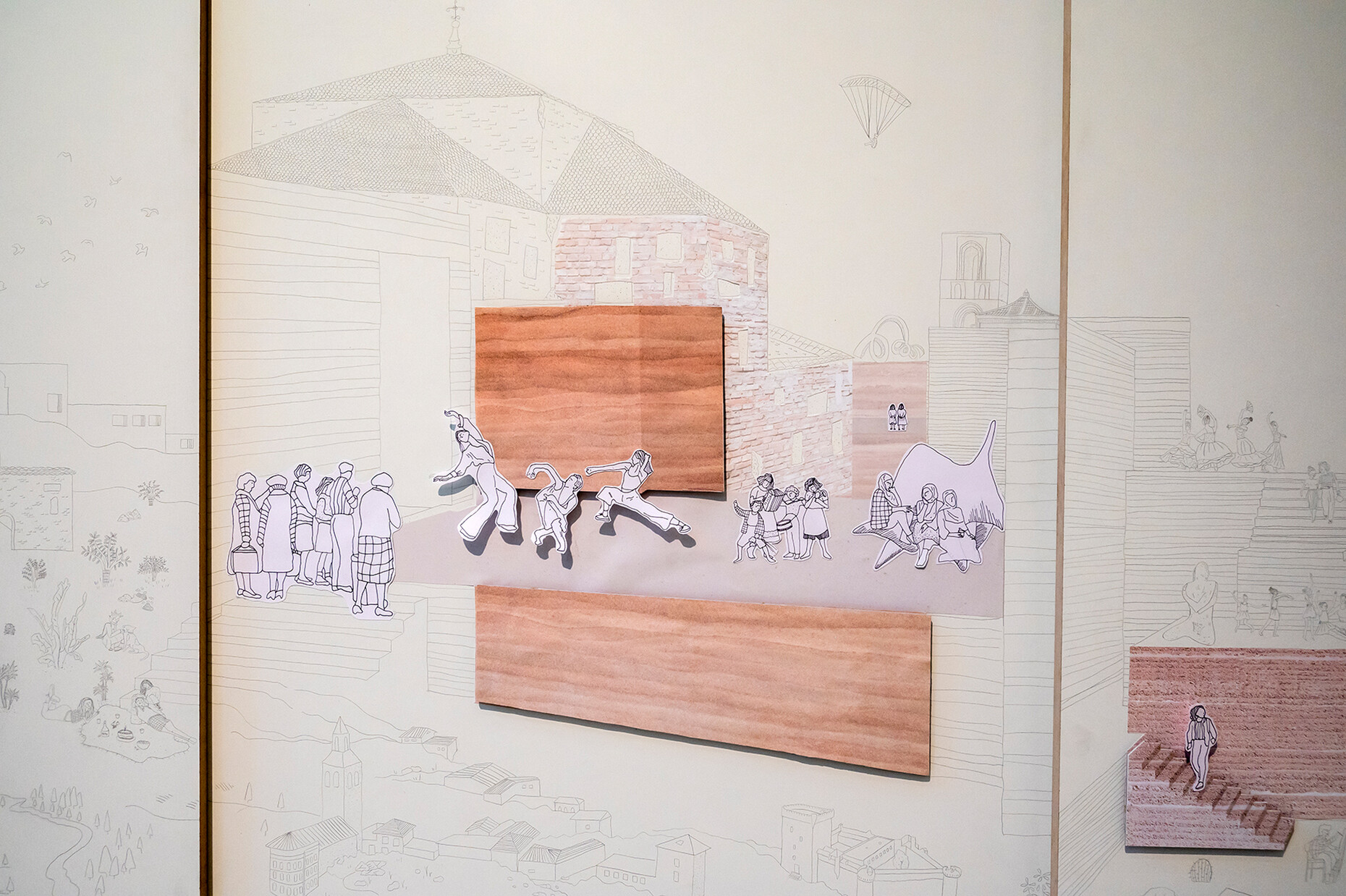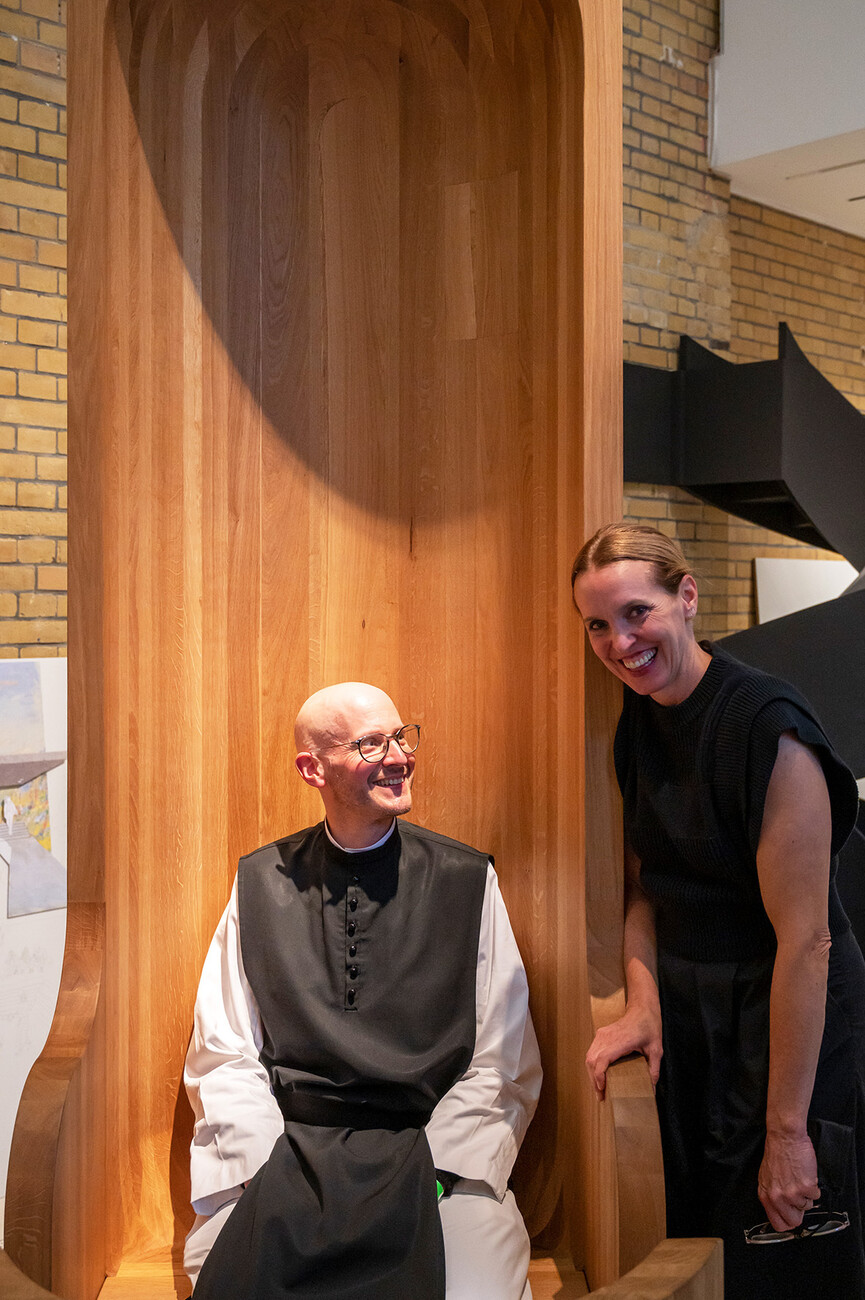Spotlight on Women Architects – Tatiana Bilbao
“The prize is for all of us”. This statement in her thank-you speech at the award ceremony for the “Architect of the Year 2022” organized by an interior decorating and lifestyle magazine is by no means false modesty. Tatiana Bilbao, a native of Mexico City, is well-known as an architect who works as part of a collective, with the five partners in her practice and her staff of 60, with her clients, with the future users of her buildings. Bilbao was born in New Mexico City in 1972 into a family of architects – her grandfather was an architect in the Basque city of Bilbao, subsequently Spanish Minister of Construction and, after Franco came to power, moved with his family to Mexico. She studied Design and Architecture at the Universidad Iberoamericana in Mexico City. Today, Tatiana is an urban planner, an architect, a university professor, an amateur chef, and the mother of five children. A real live wire, she is a brilliant communicator and a charming, permanently good-humored motivator par excellence.
Initially working for an urban planning authority, Bilbao found the work too bureaucratic and so without further ado she and her partners established an architectural think tank, Laboratorio de la Ciudad de México, in 1999, and then eventually, in 2004, she set up her own architectural practice. Her company consciously takes a different approach from the kind of that might be expected of offices that work internationally. The place has a workshop feel to it, devising new projects, primarily by working on the basis of models, artistic collages and tactile samples. They seldom base their design output on computers and never resort to animations or renderings. Her residential projects take account of both occupants and their children. In experimental collective processes, brightly colored paper models are created illustrating the multifarious lives and imaginations of the residents themselves. “Planning together, building together, living together” is Bilbao’s credo. She does not act like the kind of architect whose role in life is that of some kind of demiurge, beings who create worlds of their own and believe that they know what is best for mankind. Her approach to planning her work is less pragmatic and more sociopolitical, reflecting the entire spectrum of construction work, from master plans, landscape design, district and object planning all the way to the social organization of living environments and neighborhoods.
Throughout all these things, her focus is always on the environment and on sustainable construction methods, as well as on historical structures as valuable identifiers. At the same time, despite tight budgets Bilbao and her team try not to let quality and aesthetics suffer. She uses the projects involving expensive villas and residential resorts that she and her studio plan for privileged clients to learn about constructing housing for people from the lower-income backgrounds. Bilbao presented a pilot project commissioned by the Mexican government for low-cost housing at the 2015 Architecture Biennial in Chicago. A “flexible building” with modular components that can grow and adapt depending on users’ changing requirements. Her practice has also tackled more commercial projects, villas such as Ajijic House, built from rammed earth and the neighboring Casa Ventura, both located in prominent positions on the slopes of Monterrey. Her Bioinnova facility on the campus of the Monterrey Institute of Technology, resembled a sculpture composed of stacked glass cubes, could even have been the work of Rem Koolhaas. With its plastic expressivity, it certainly is an eyecatcher on this campus where simple glazed boxes are the order of the day. The aquarium belonging to the Research Center of the Sea in Mazatlán, in turn, is a complex, rust -colored concrete structure, its layout reminiscent of one of the graphic designs by the De Stijl movement. It boasts walls covered in greenery, partitions and rotundas, the spaces in between sections sometimes, as if by chance, open and sometimes closed. This edifice is intended as a link between the work of human beings and nature, the cycle of which we are a part, and our duty, as part of this nature, is to do something and not to destroy nature. A workshop with children provided useful hints for the contents of the museum and its rooms.
When Cistercian monks wearing habits suddenly appeared at the opening of the exhibition at Berlin’s Aedes Architecture Forum there was a good reason for this. Bilbao is planning a new monastery building for the monks in Neuzelle, Brandenburg. Financed by donations, this now rare construction type will probably take years to complete, depending on how generous people are. The exhibits on show at Aedes – space-consuming models made of concrete, clay, brick and wood – are accompanied by sketches and collages featuring eight of her current projects. They perfectly illustrate the holistic approach she adopts for her work “en commún” – together, using an interdisciplinary approach, far removed from all those entrenched structures, bogged down by administration and commercial considerations. Bilbao does not encourage celebrity cults but considers herself at the service of her users and residents. There have also been major exhibitions of her oeuvre in Denmark and Vienna. In fact, with her work Bilbao boasts the kind of international presence that only few of her colleagues enjoy. She has no problems with being a female architect in what many people see as a “man’s world” and says that she does not experience any acceptance problems. On the contrary, as the only famous woman architect in her country, she continues, she is on all the important juries and is invited to competitions and represented at symposia. She takes active advantage of her exceptional position to publicize her mission. And she succeeds in this with her own charming mixture of energy, tenacity and persuasiveness.
Tatiana Bilbao Estudio, Mexiko City
En Común
Aedes Architekturforum
Christinenstr. 18–19
10119 Berlin
Opening hours:
Until 29 June 2022
Tue to Fri 11am – 6:30pm
Sun and Mon 13 – 17 h



